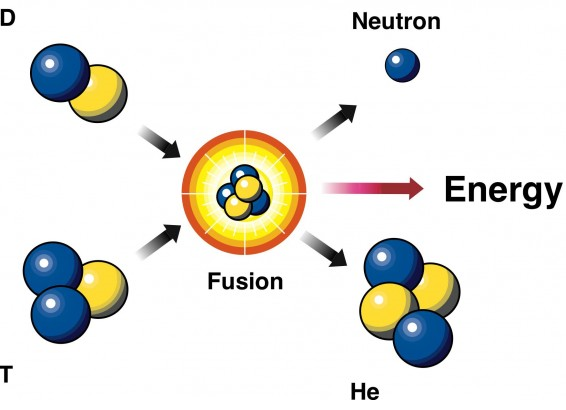It has been said that duty in the military is comprised of long periods of boredom punctuated by short episodes of terror. I guess that this presupposes that the soldier will see battle. There are some postings that do not have any periods of terror but do have continuous boredom with no relief in sight. That sort of situation takes its toll on people and people react to the stress in different ways. This has been illustrated by the bad press that the U.S. nuclear missile forces have been getting lately. I have written about previous problems but since they have been in the news again with new charges, I thought it was time to revisit the subject starting with a recap.
Last April, seventeen officers at the Minot Air Force Base in North Dakota were judged to be “temporarily unfit for duty” after the discovery of safety violations. They were given several weeks of remedial training. Other groups in the missile force have failed testing recently.
Major General Michael Cary, the commander of U.S. ballistic missiles, was fired last October by the U.S. Air Force after reports of his behavior at a conference of nuclear missile issues held in Russia. He was late for meetings, made insulting comments, and drank heavily in the evenings and on conference outings.
It has been reported that Air Force officers left blast doors open several times in their underground command posts while they were sleeping. This was a serious breach of security because intruders could have broken in.
Now the news comes that 11 officers in the missile force were just suspended for the use of drugs. Aside from issues of being less than competent while under the influence of drugs, there is the problem of possible blackmail by someone who knew of the drug use.
The drug probe was expanded when evidence of wide spread cheating on certification exams was uncovered. In all, thirty four officers have been implicated in the cheating scandal. Some of the cheaters actually texted during exams to get the answers. These exams are important because they certify that officers are prepared to competently carry out orders to launch nuclear missiles. Some officers have said that there is pressure to cut corners and cheat to get the highest possible scores during the tests in order to increase chances for promotion.
The Air Force asked the Rand Corporation to conduct a study into morale in the missile forces because of recent problems. The unpublished report of the study concludes that many in the missile forces are suffering “burn-out” from stress. There are also reports of sexual assaults and domestic violence among the missile forces. Court-marshals in the missile forces are about twice numerous as in the A.F. in general. Other types of punishments and disciplinary actions are also high.
The U.S. has about four hundred and fifty missiles with multiple warheads aimed and ready to launch at potential enemies within minutes. These members of the Air Force missiles forces are stuck in the middle of North Dakota in a silo underground. They are charged with the handling of the most destructive weapons ever created by the human race. The reports of lax discipline, poor training, cheating on tests, gambling, drug use, heavy drinking, etc. suggest that we need to make some major changes in the staffing of those missile silos. There is also the fact that those officers know that the only relief from boredom that they might have would be carrying out orders to launch missiles that might bring an end to civilization.
U.S. nuclear missile Launch control center:






